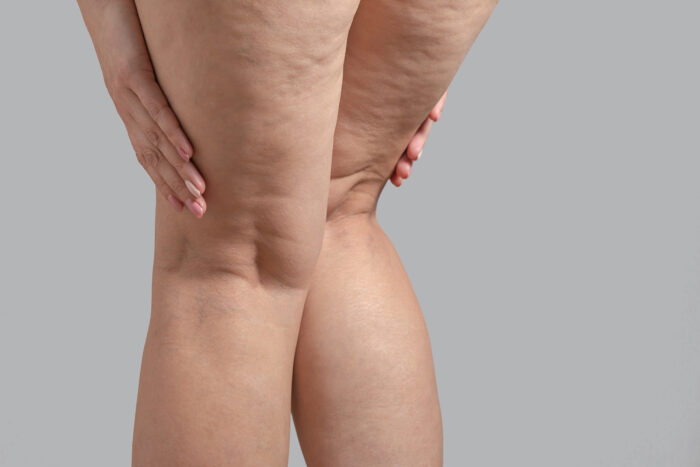Varicose veins cause most, but not all leg pain. Other common causes of pain include:
Blocked Arteries or Peripheral Arterial Disease (PAD): This disease, found more often in smokers and diabetics, usually causes calf pain when walking and is relieved with rest. PAD can be diagnosed by an ABI test (ankle brachial index), which is a simple test that can be done in your doctor’s office. It compares the blood pressure readings between your arms and your legs. If this test is abnormal, ultrasound testing of your legs can be performed to further determine the extent of the problem.
Sciatica and Herniated (Ruptured) Discs:
This usually causes numbness, tingling, and shooting pains down the leg, sometimes to the toes. It is especially obvious when sitting or driving. Generally associated with back pain, sciatica is often improved with standing or lying down. The diagnosis can be confirmed with an MRI of the lumbar spine.
Spinal Stenosis: This is caused by arthritis of the spine, or scarring as a result of back surgery. Spinal stenosis causes pain down the legs when standing or walking, and is relieved with sitting. It often, but not necessarily, occurs in conjunction with back pain. Testing to confirm that this is the problem includes an MRI of the spine and nerve testing of the legs.
Peripheral Neuropathy: A numbness, tingling, and burning sensation, especially in the feet, which worsens at bedtime. This pain is frequently associated with diabetes and cancer chemotherapy. Interestingly, if you have both vein disease and peripheral neuropathy, treating the abnormal veins will usually greatly improve your neuropathy pain. Nerve testing of the legs helps with the diagnosis.
Osteoarthritis: Irritation of the hip, knee, and ankle joints, which causes pain, burning, aching, and stiffness localized in the joint. X-Rays of the joints will confirm the diagnosis.
Muscle pain (Myalgia): This pain is frequently a result of cholesterol-lowering medications, known as statins. Fibromyalgia is another major cause of muscle pain. This is a diagnosis of exclusion, meaning that there really isn’t any test that can point towards the problem. Everything else should be excluded before the diagnosis can be made. Stopping the statin will usually improve the pain if it is the cause.




